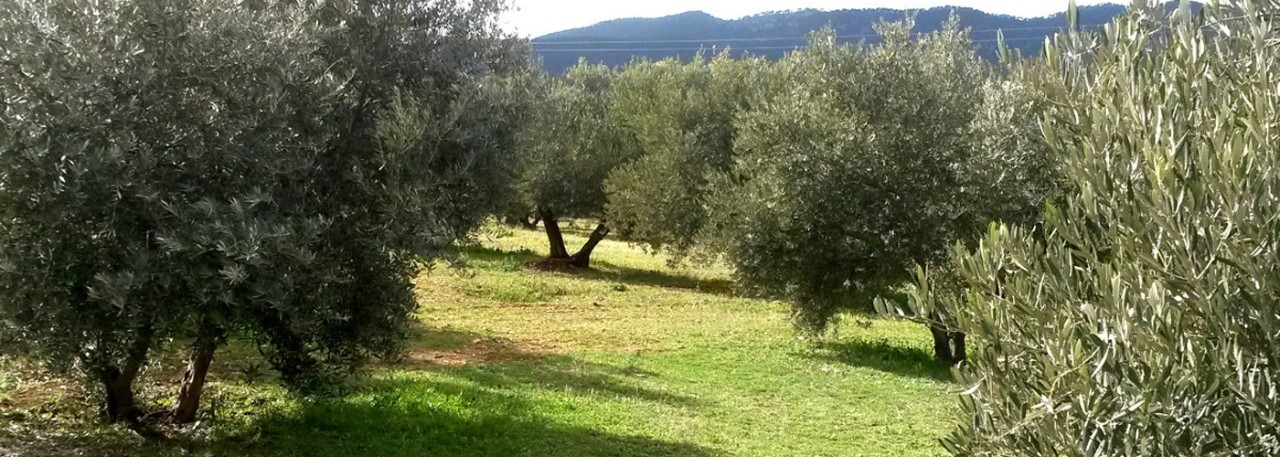.png.transform/rendition-xs/image_image%20(1).png)
Sierra de Segura PDO
Extra virgin olive oil obtained from the fruit of olive trees (Olea europea, L), mainly of the Picual variety and, to a lesser degree, varieties Verdala, Royal and Manzanillo de Jaén, by mechanical and other physical means that do not alter the oil in any way, preserving the flavor, aroma and characteristics of the fruit from which it is obtained.
Tasting notes
These are fruity, slightly bitter oils, piquant and nicely balanced, strongly suggestive of the olives from which they derive. They are notable for their green color, turning to golden yellow when made from riper olives.
Other notes
These are low acidity oils, notable for their stability, which keeps their qualities intact for long periods.
Analytical data:
- Acidity: maximum 0.8º
- Moisture: maximum 0.1%
- Peroxide value: less than 19
- Impurities: maximum 0.1%
- K 270: less than 0.20
Production / Processing method
The density of plantations is fairly consistent throughout the municipalities of the PDO area, most of them having between 100 and 130 trees per hectare (2.5 acres).
Harvesting begins in October, when the olive is at its optimum point of ripeness (when its color starts turning darker). It is done by shaking the trees’ branches, either with vibrating equipment which attaches to the branches, or with specially equipped tractors that shake the trunk and, thereby, the whole tree. During harvesting, it is important to keep olives that are collected without having touched the ground separate from the rest at all times. This is managed by placing large, fine-meshed nets under the tree that cushion and collect the olives without their making contact with the ground.
The olives are transported to the mill on the day they are picked – a process that requires great care. They are carried in bulk, by trailer truck, keeping those that have come in contact with the ground separate from those that have not. Once at the mill, leaves and branches are removed using compressed air, after which the olives are weighed, and put into temporary storage.
Nowadays, oil is extracted by centrifugation. The paste produced by grinding the olives is malaxed and then centrifuged in a horizontal decanter to separate the different densities of liquid (namely oil and vegetation water). A second, this time vertical, centrifuge removes the remaining vegetation water, and the oil is put into storage tanks.
Mills must be equipped so that they can keep oils of different qualities separate at all times. Storage tanks must be made of stainless steel, with a conical or sloping base to facilitate cleaning and the removal of impurities such as olive pulp and water. The temperature must be kept constant at around 20º C (68º F). From here, the oils move on to the final, packaging phase which, like the whole process, is controlled by the Regulatory Council.
This PDO is a pioneer in the certification of the Extra Virgin Olive Oil of Early Collection (from green olives or envero) and has the largest olive grove integrated in a natural park.
Geography / Relief and climate
The area’s landscape is uneven and broken, with significant expanses of woodland and olive groves, which intermingle in some places. Some slopes are very steep, making it difficult to till the land. The highest peak is El Yelmo, in the municipality of Segura de la Sierra, at 1.809 m (5,935 ft). Average altitude in the PDO area is 899 m (2,949 ft).
The climate is one of extremes, with temperatures that range from highs of 35º C (95º F) to lows of -8º C (17.6º F). Average annual rainfall is between 500 and 700 mm (19.68 – 27.55 in). The area’s drainage patterns is characterized by various tributaries of the rivers Guadalquivir and Segura.
Regulatory Council
Consejo Regulador de la DOP Sierra de Segura
Polígono Industrial Llanos de Armijo s/n - Edif. José Baustista de la Torre
23360 La Puerta de Segura (Jaén)
Tel: (+34) 953 486 063
consejoregulador@dosierradesegura.com
www.dosierradesegura.com
Sources:
- Spanish Ministry of Agriculture
This PDO is a pioneer in the certification of the Extra Virgin Olive Oil of Early Collection (from green olives or envero).


- Sierra de Segura 1
- Sierra de Segura 2
